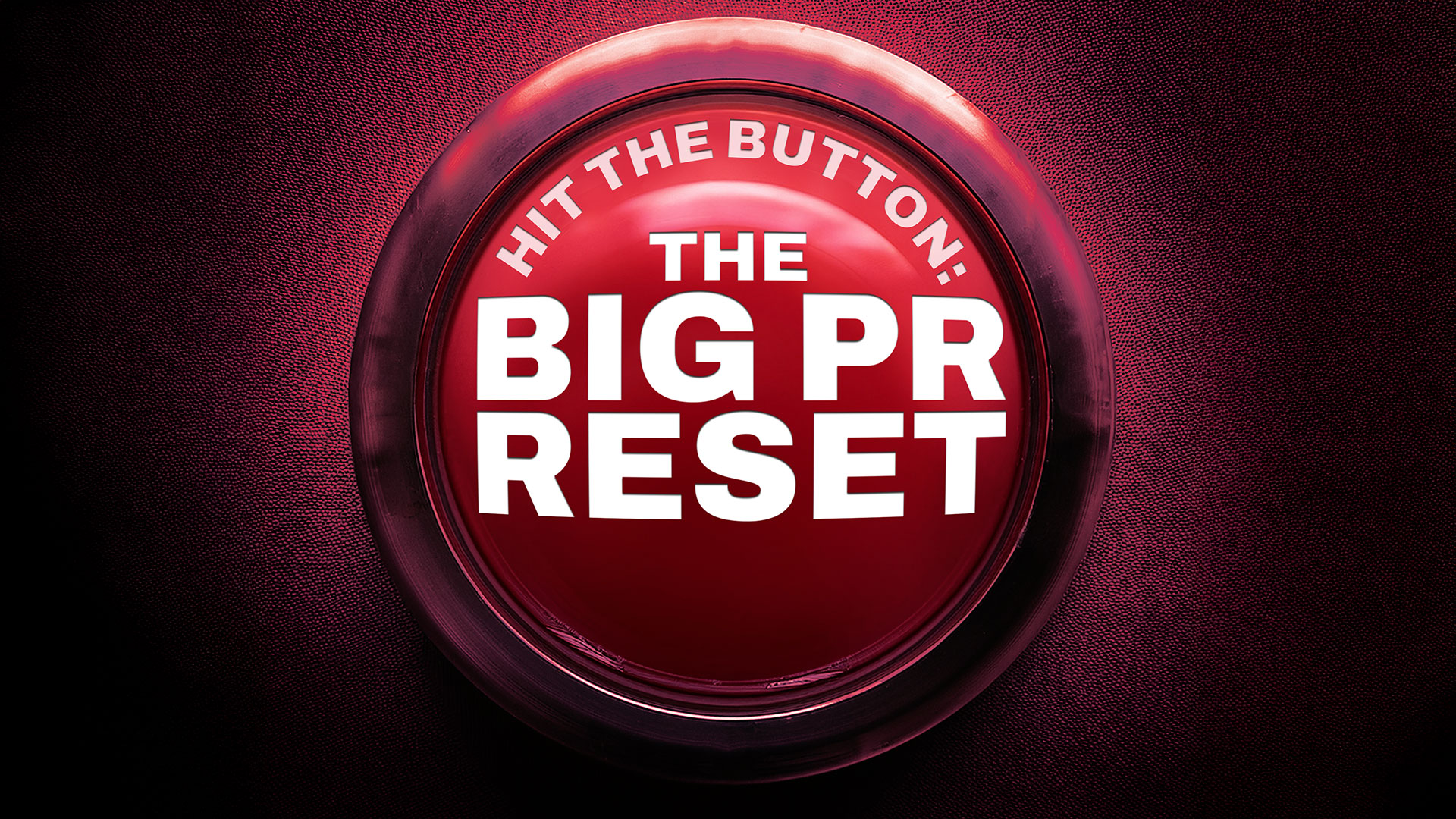Why your next PR strategy needs to account for AI-generated brand visibility
Ask ChatGPT, Gemini or Perplexity about a brand, and you’ll likely get a concise, confident answer, complete with summaries, comparisons and source references. But here’s a couple of questions more B2B tech businesses need to be asking:
Where is that information coming from?
How much control do I have over AI’s responses?
AI tools are now key players in how tech brands are discovered online. Brand visibility is no longer just about publishing great content on your website or being featured in well-known industry publications. Businesses also need to ensure their content is being picked up in an increasingly digital, algorithm-driven space.
In many cases, buyers engage with AI-surfaced brand summaries long before they reach your website or speak to a sales representative. If your PR strategy isn’t influencing how AI algorithms present your brand, it’s missing a growing part of the visibility equation.
What’s feeding AI and why it matters
Behind every AI-generated answer is a set of data points. For brand-related queries, most of those points come from PR-influenced sources: press releases, thought leadership articles in reputable media outlets, owned research reports, social media posts and structured content on company websites.
The things you say and where you say them determine how AI platforms represent your business. It matters more than ever that brands show up accurately, consistently and in the right context.
B2B buyers are increasingly using AI tools to shortcut research, validate vendors and compare solutions. AI-generated responses are often a buyer’s first impression of your brand.
So, if your business isn’t being mentioned, or worse – if it’s being misrepresented – you can lose visibility and control at a crucial stage of the decision-making process. And because AI pulls from existing online sources, these gaps can quickly worsen and become harder to fix.
What AI visibility looks like in practice
AI platforms weigh certain content types and sources more heavily than others. These include:
- Media coverage: Trusted media outlets carry weight in how your brand is positioned. Trade media and vertical-specific publications are particularly influential in B2B tech because they signal authority and relevance to both human readers and algorithms.
- Owned content: Well-written, clearly structured website content is more likely to be included in AI responses, especially when it’s tied to specific use cases, customer outcomes or sector-specific language. This kind of content helps AI models build an accurate, contextual picture of what your business does and who it’s for.
- Social media: Commentary and engagement on platforms like Reddit, X or YouTube often inform how AI tools describe your brand. Sometimes more than formal messaging does. That means employee posts, user feedback and influencer mentions can all contribute to shaping AI-generated narratives.
- Data structure: AI tools prioritise clean, consistent content. Website elements like metadata, tagging, SEO keywords and formatting help models correctly identify and categorise information. Even small technical and content changes can influence whether your brand is seen as a leading voice or left out altogether.
Why B2B tech brands can’t afford to ignore this
How your brand is summarised, compared and ranked by AI tools affects perception and buyer behaviour. Unlike B2C, B2B tech decisions are rarely made on impulse and are often high-stakes, high-value and high-consideration, involving multiple stakeholders.
Buyers have always relied on third-party validation and thought leadership content to inform their thinking. What’s changed is where that validation comes from, as it’s increasingly filtered through the lens of AI.
When a prospect uses a tool like ChatGPT to research suppliers, validate claims or compare features, they’re relying on whatever data the model can access and stitch together. That includes media coverage, website content, analyst commentary, social posts and industry conversations, all of which sit squarely within the remit of PR.
If your PR efforts aren’t feeding those inputs, or if the messaging across them is inconsistent, you’re not just missing visibility. You’re missing influence, accuracy and relevance at a point where they matter most. You’re also leaving your brand open to misinterpretation.
The value of investing in PR in the AI era
This is where the role of PR becomes more critical, not less. A strong content strategy ensures your brand is present in the sources AI models use to generate responses. But more than that, it helps shape how your brand is understood and interpreted by both people and machines.
An experienced PR agency can help B2B tech brands take control of how they appear in AI-generated content by securing authoritative media coverage in the right national and trade titles, reinforcing the credibility signals that AI tools prioritise.
By drawing on the expertise of skilled content writers, a PR agency can also create structured, searchable content that clearly communicates your key messages and use cases, making it easier for AI systems to interpret and surface the right information.
Just as importantly, a strong PR partner is there to ensure consistency across earned, owned and shared channels, helping brands avoid fragmented or conflicting narratives. And as AI tools evolve, PR specialists can monitor how a brand is being presented and adapt messaging strategies to maintain visibility and relevance over time.
As AI-generated research becomes a standard part of how decisions are made, PR becomes essential for brand visibility, differentiation and trust. If your PR strategy isn’t supporting how your brand appears across AI tools, get in touch with us. And learn how Visibility+, our digital PR service, can help you get seen where it matters most.







